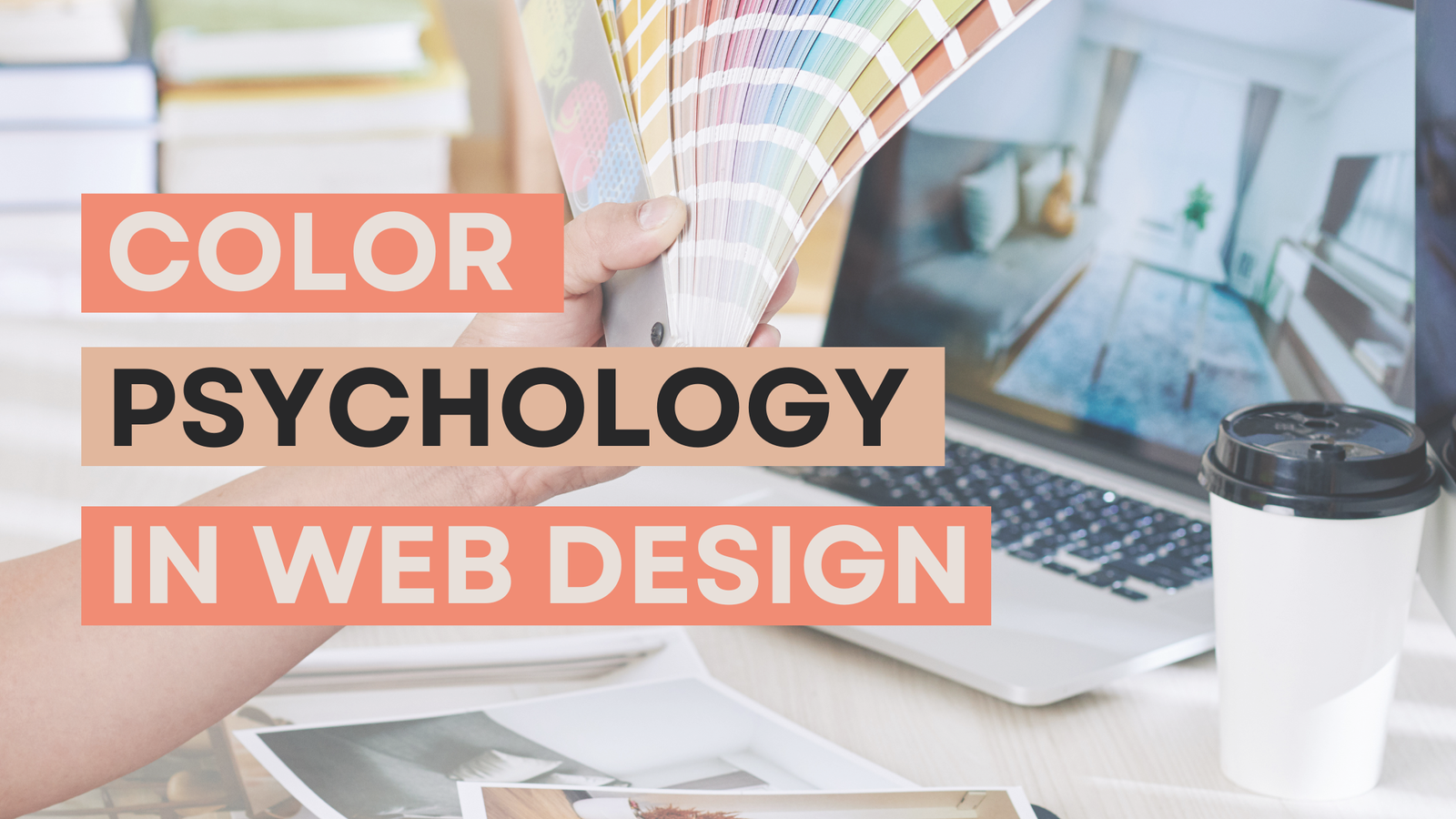
Color Psychology in Web Design
Color psychology is an essential aspect of web design that can influence user behavior and perception. By understanding how colors impact emotions and behaviors, web designers can use color to create websites that engage and connect with users on a deeper level. In this blog post, we will explore the basics of color psychology in web design and how it can be used to enhance the user experience.
The Importance of Color Psychology in Web Design
Understanding Color Psychology
Color psychology is the study of how colors impact human emotions and behavior. Colors can evoke different feelings and emotions in people, and understanding these nuances is crucial to web design. For example, blue is often associated with trust, stability, and calmness, while red is associated with excitement, urgency, and passion.
Colors can also have cultural and personal associations that can influence how they are perceived. For example, white is associated with purity and innocence in Western cultures, while in some Eastern cultures, white is associated with mourning and death.
The Impact of Color on User Experience
Colors can have a significant impact on user experience, and understanding how to use color to enhance the user experience is crucial for web designers. For example, the right color scheme can make a website feel more inviting, while a poorly chosen color scheme can be overwhelming and off-putting.
Using Color to Create Emotion
One of the most effective ways to use color in web design is to create a specific emotional response. For example, warm colors like red, orange, and yellow can create a sense of excitement and urgency, while cool colors like blue, green, and purple can create a sense of calmness and relaxation.
Colors can also be used to create contrast and draw attention to specific elements on a website. For example, using a bright red button on a website can draw attention to the call to action and increase the likelihood of a user clicking on it.
Color Combinations in Web Design
Choosing the right color combinations is essential to creating a visually appealing website. There are several color combinations that designers can use, including complementary, analogous, and triadic color schemes.
Complementary color schemes use colors that are opposite each other on the color wheel, such as blue and orange or red and green. These color combinations create a strong contrast that can be visually striking.
Analogous color schemes use colors that are next to each other on the color wheel, such as blue, green, and purple. These color combinations create a sense of harmony and can be used to create a calming effect.
Triadic color schemes use three colors that are equally spaced on the color wheel, such as red, blue, and yellow. These color combinations create a sense of balance and can be visually appealing.
The Role of Color in Branding
Color is an essential aspect of branding and can be used to create a unique identity for a website or company. By using consistent colors throughout a website, designers can create a cohesive and memorable brand image.
Color can also be used to create associations with a particular brand or product. For example, the color red is often associated with Coca-Cola, while the color blue is associated with Facebook.
Accessibility and Color Contrast
Web designers must also consider accessibility when using color in web design. For users with visual impairments, color contrast can be crucial for readability. The Web Content Accessibility Guidelines (WCAG) provide guidelines for color contrast ratios that ensure text is readable for users with visual impairments.
Color psychology is a critical aspect of web design that can influence user behavior and perception. By understanding how colors impact emotions and behaviors, web designers can create websites that engage and connect with users on a deeper level. Choosing the right color combinations, using color to create emotion, and considering accessibility are all essential aspects of using color in web design. By incorporating color psychology into web design, designers can create websites that are visually appealing, effective, and engaging.
If you are looking to have a website designed that keeps all these principles in mind, do not hesitate to get in touch with me and check out my portfolio to see my past designs
